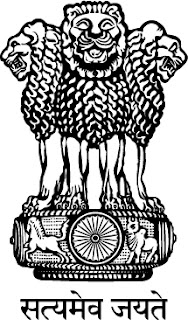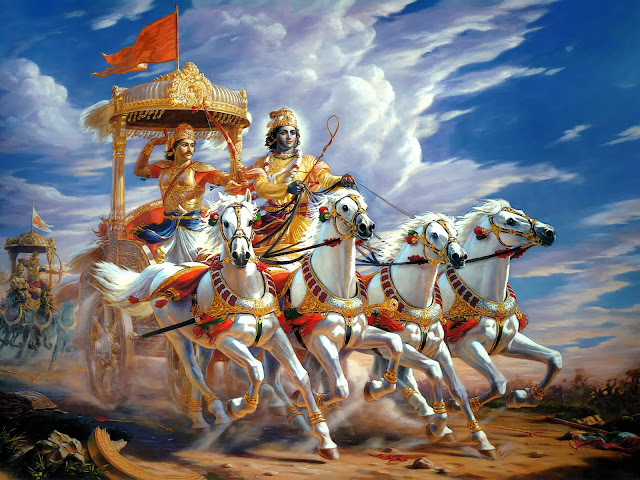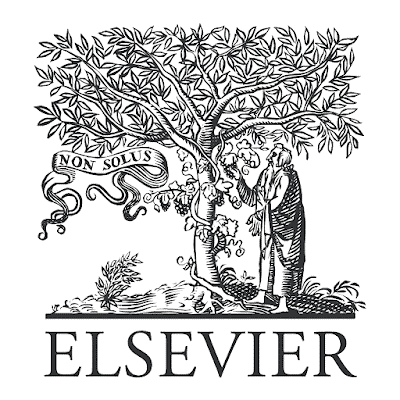Human Development Index (HDI) of 193 countries of the world
The Human Development Index (HDI) is a composite statistic used to measure a country's overall achievement in human development. It was developed by the United Nations Development Programme (UNDP) and is published in the annual Human Development Report 2023-24.
Components of HDI
 The HDI evaluates human development based on three key dimensions:
The HDI evaluates human development based on three key dimensions:Health – Measured by life expectancy at birth
Education – Measured by:
Mean years of schooling (average years of education received by people aged 25 and older)
Expected years of schooling (total expected years of schooling for a child entering school)
Standard of Living – Measured by Gross National Income (GNI) per capita (adjusted for purchasing power parity, PPP)
HDI Calculation
Each of the three dimensions is assigned a value between 0 and 1, and the final HDI score is the geometric mean of these three indices.
HDI Classification
Countries are categorized based on their HDI score:
Very High Human Development (0.800 – 1.000)
High Human Development (0.700 – 0.799)
Medium Human Development (0.550 – 0.699)
Low Human Development (Below 0.550)
The Human Development Index (HDI) is calculated using the geometric mean of three normalized indices representing health, education, and standard of living.
HDI Formula
where:
Health Index
= Life expectancy at birth
Minimum value = 20 years, Maximum value = 85 years
Education Index
= Mean years of schooling (maximum = 15 years)
= Expected years of schooling (maximum = 18 years)
Income Index
= Gross National Income per capita (PPP in USD)
Minimum value = $100, Maximum value = $75,000
The final HDI score is a value between 0 and 1, with higher values indicating higher human development.
(HDI values of major economies, as per gross GDP is highlighted in the graphs)
Limitations of HDI
While HDI is a useful measure, it does not capture:
Income inequality (which is addressed by the Inequality-adjusted HDI, IHDI)
Gender disparities (covered by the Gender Development Index, GDI)
Environmental sustainability
Political freedom and human rights
For a more comprehensive analysis, other indices such as the Inequality-adjusted HDI (IHDI) and the Gender Development Index (GDI) are also considered.
India and HDI
As of 2022, India's HDI value is 0.644, placing it in the "Medium human development" category, ranked 134 out of 193 countries and territories.
Between 1990 and 2022, India's HDI value increased from 0.434 to 0.644, marking a 48.4% improvement. This progress reflects advancements in life expectancy, education, and income per capita over the years.
Reference
All are included in the text as hyperlink
Read other posts of this website














Comments
Post a Comment